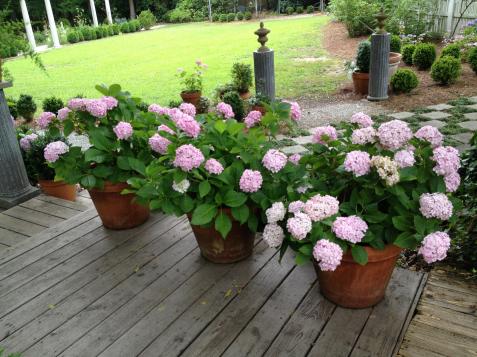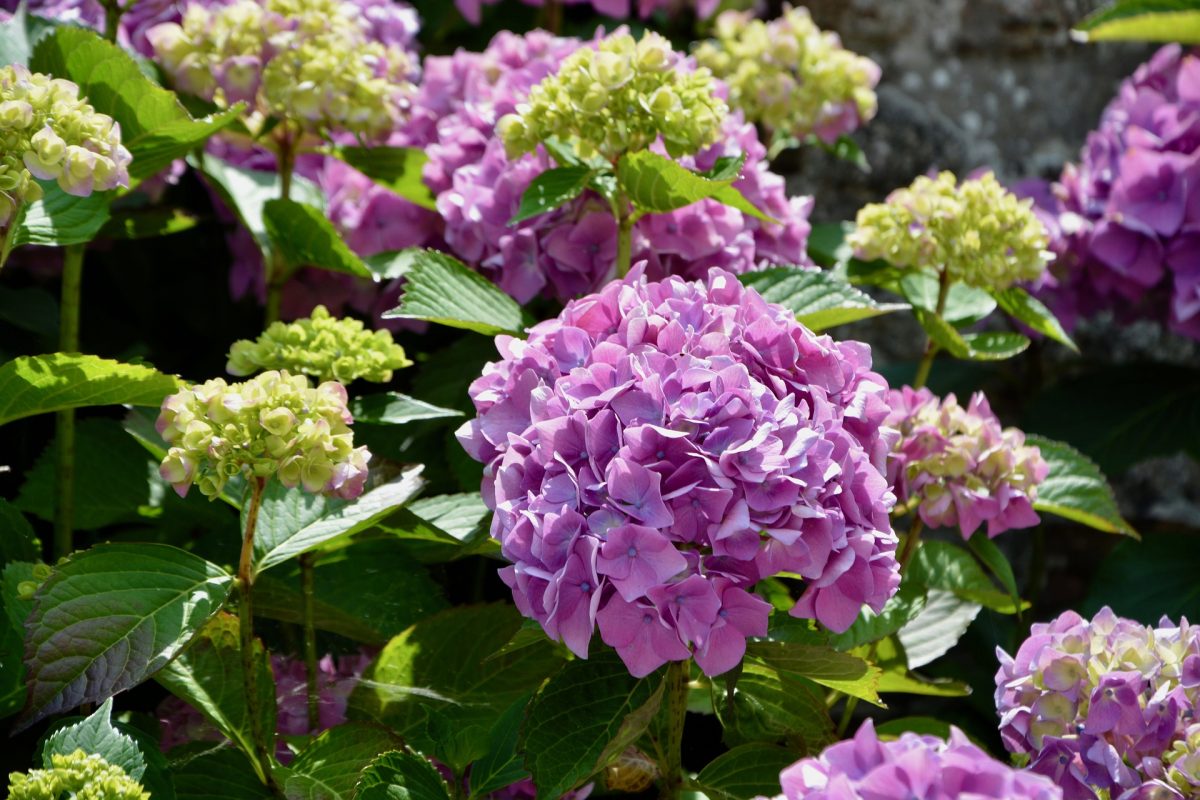Dormant Hydrangeas: What To Do
Dormant Hydrangeas: What to Do
Hydrangeas are beautiful flowering shrubs that can add a touch of elegance to any garden. However, these plants do require some care, especially during the winter months when they go dormant.
If you're not sure what to do with your dormant hydrangeas, don't worry. In this blog post, we'll walk you through the steps on how to care for them properly.
What is Dormancy?
Dormancy is a natural process that plants go through in order to survive the winter. During this time, the plant's growth slows down or stops altogether, and the leaves fall off. This helps the plant conserve energy and protect itself from the cold.
Hydrangeas typically go dormant in the fall, after they've finished blooming. They'll stay dormant until the spring, when the weather warms up and they start to grow again.
How to Care for Dormant Hydrangeas
There are a few things you can do to care for your dormant hydrangeas:
- Water them less often. During dormancy, hydrangeas don't need as much water as they do during the growing season. Water them only when the soil is dry to the touch.
- Mulch around the plants. Mulch helps to insulate the roots and prevent them from freezing. Use a layer of mulch that's 2-3 inches thick.
- Protect them from the cold. If you live in an area with cold winters, you may need to protect your hydrangeas from the cold. You can do this by wrapping them in burlap or covering them with a tarp.
- Prune them in the spring. Once the weather warms up in the spring, you can prune your hydrangeas. This will help to encourage new growth and flowering.
Tips for Caring for Dormant Hydrangeas
Here are a few additional tips for caring for dormant hydrangeas:
- Avoid fertilizing your hydrangeas during dormancy. Fertilizing them can actually stimulate new growth, which can make them more susceptible to winter damage.
- Inspect your hydrangeas for pests and diseases. Dormancy is a good time to inspect your hydrangeas for pests and diseases. If you find any problems, you can treat them before they get worse.
- Be patient. Dormant hydrangeas may not look like much, but they're still alive and well. Be patient and give them time to come back to life in the spring.
Conclusion
Caring for dormant hydrangeas is relatively easy. By following these simple tips, you can help your hydrangeas survive the winter and come back to life in the spring.
Hydrangeas are beautiful flowering shrubs that can add a touch of elegance to any garden. However, these plants do require some special care, especially during the winter months. If you have hydrangeas in your garden, it is important to know how to care for them during their dormant season.
Dormant hydrangeas are those that have lost their leaves and are not actively growing. This is a normal part of the plant's lifecycle, and it is important to not disturb the plant during this time. If you prune or fertilize your hydrangeas while they are dormant, you may damage the plant and prevent it from blooming next year.
If you are unsure how to care for your dormant hydrangeas, I recommend visiting . This website has a wealth of information on hydrangea care, including a section specifically on dormant hydrangeas. You can find tips on how to protect your plants from the cold, how to prune them properly, and when to fertilize them.
FAQ of dormant hydrangea
Q: When do hydrangeas go dormant?
A: Hydrangeas go dormant in the late fall and winter months, when the temperatures drop and daylight hours decrease. However, the exact timing of dormancy can vary depending on the species of hydrangea and the climate in which it is growing. For example, some hydrangeas may start to go dormant as early as October, while others may not go dormant until December or January.
Q: What happens to hydrangeas during dormancy?
A: During dormancy, hydrangeas' growth and metabolic processes slow down. This allows the plant to conserve energy and survive harsh winter weather conditions. The leaves of hydrangeas will also fall off during dormancy.
Q: How do I care for dormant hydrangeas?
A: Hydrangeas require very little care during dormancy. They should be watered only enough to keep the soil from drying out completely. Fertilizing is not necessary during dormancy.
Q: How can I tell if my hydrangea is dormant?
A: There are a few signs that can indicate that your hydrangea is dormant. These include:
- The leaves have fallen off.
- The plant is not actively growing.
- The stems are brittle and easily broken.
Q: What should I do if my hydrangea is not dormant?
A: If your hydrangea is not dormant, it may be due to a number of factors, such as:
- The temperature is not cold enough.
- The plant is not getting enough sunlight.
- The plant is not getting enough water.
If you are concerned that your hydrangea is not dormant, you should contact your local nursery or garden center for assistance.
Image of dormant hydrangea
5 different images of "dormant hydrangea" from Pinterest:
- Dormant hydrangeas in a pot. The hydrangeas are bare of leaves, but the stems are still green. The pot is placed on a patio or deck.

- Dormant hydrangeas in a garden. The hydrangeas are surrounded by other plants, including trees and shrubs. The ground is covered in leaves.

- Close-up of a dormant hydrangea stem. The stem is brown and woody. The leaves have fallen off.
- Dormant hydrangeas in a greenhouse. The hydrangeas are in pots, which are stacked on a shelf. The greenhouse is filled with other plants.

- A cluster of dormant hydrangeas. The hydrangeas are clustered together in a corner of the garden. The leaves have fallen off, but the stems are still green.

Post a Comment for "Dormant Hydrangeas: What To Do"